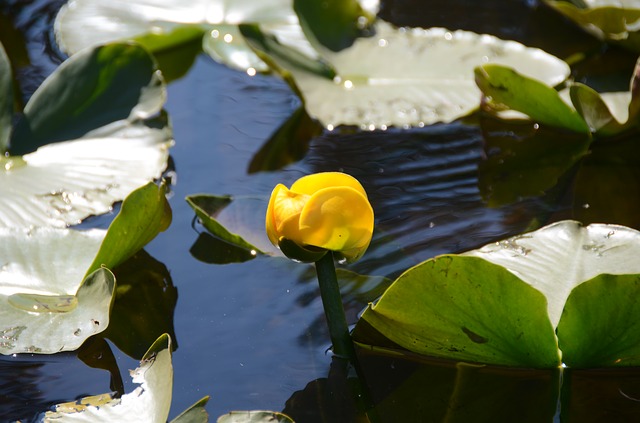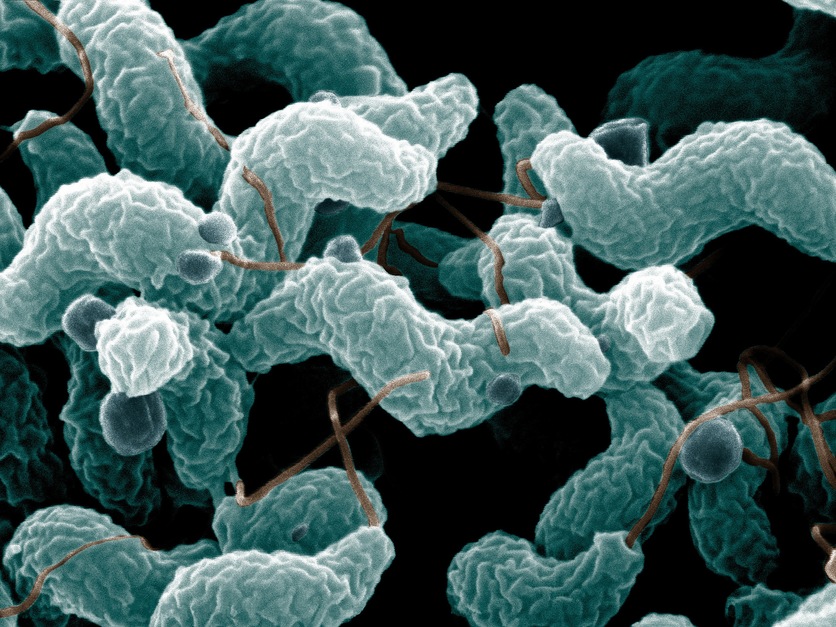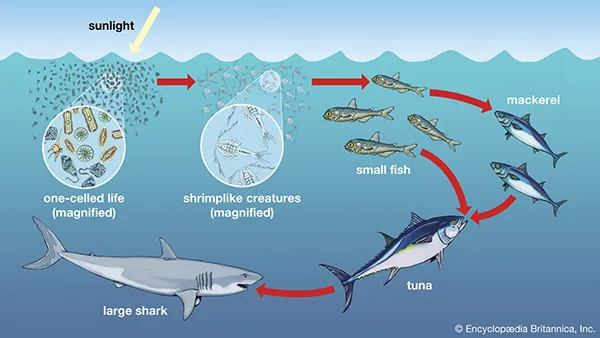A pond ecosystem is made up of various types of plants and animals. These include rooted plants, floating plants, and invertebrates. Together, they support all levels of the food web. The primary consumers include small herbivores, invertebrates, small fish, and zooplankton. There are also many secondary consumers, including bacteria and fungi. Read on to learn more about the different types of pond life.
Phytoplankton
The assemblage and distribution of phytoplankton are essential indicators of the health and diversity of a pond ecosystem. Each species has unique adaptations to its specific habitat, nutrient content, and chemical conditions. Moreover, phytoplankton species exhibit a broad range of tolerances. Therefore, if we study the community structure of phytoplankton in a pond ecosystem, we can better understand the ecological role of phytoplankton in a natural environment.

Physiological studies on phytoplankton in a natural pond ecosystem revealed that the assemblages mainly included diatoms and chlorophytes. These algae were found to play an essential role in regulating pond water quality and controlling water temperature. These algae also have beneficial effects on the pond ecosystem. However, despite the valuable parts of phytoplankton in the pond ecosystem, they can cause environmental problems if they are not removed.
Floating plants
Floating plants are aquatic plants that float on the surface of the water. They provide shelter for fish and filter the water, reducing the number of harmful nutrients in the water. They also help prevent massive algae blooms. Some examples of floating plants include Water Poppy, which is highly nutritious for turtles. Spatterdock is an excellent alternative to waterlilies, and some types of koi also like it.

Floating plants are essential to a healthy pond ecosystem, not just because they look beautiful. They help reduce water loss from the pond by providing a habitat for many animals and insects. They also provide structure and diversity for your pond, as well as providing food for fish. Floating plants can also help protect your pond from algae, which is an excellent way to do so. Floating plants are a great choice for a pond because they are relatively easy to care for and can withstand a high water level.
Invertebrates
Invertebrates are animals that lack a backbone, which makes them unique among animals. These species are found in freshwater and terrestrial ecosystems and can vary widely in habitats and behaviour. Invertebrates make up 95% of all animal species on earth. They are widespread and are present in all types of land and water systems. For this reason, it is essential to study the diversity and importance of invertebrates to maintain the health of the pond ecosystem.

Bryozoans are the most diverse group among the many types of aquatic invertebrates, with more than 24,000 extant species. These creatures perform numerous vital functions, including feeding marine life and controlling algae. In addition, these invertebrates are considered reliable indicators of the health of a pond’s ecosystem. However, it is essential to note that many freshwater invertebrates are endangered and crucial to conserving aquatic environments.
Beneficial bacteria
Biological filtration can be enhanced by adding beneficial bacteria to your pond. These bacteria can improve water clarity and filtration. The bacteria can be spread around your pond and grow in colonies. The quicker the bacteria colonize, the better. You can also combine beneficial bacteria with other products to improve your pond’s health and filtration. Read on to learn more about adding beneficial bacteria. Here are some of the benefits of adding beneficial bacteria to your pond.

One benefit of adding beneficial bacteria to your pond is that they reduce the amount of organic matter that floats in the water. It’s an essential aspect of pond water quality because up to 20% of the pond water is covered with floating organic matter. The excess organic weight can wreak havoc on the water quality, leading to an overgrowth of algae. By adding beneficial bacteria to your pond, you can help your pond’s water clarity and reduce the number of algae.
Thermal stratification
There are two critical aspects of water quality in pond ecosystems: chemical and thermal stratification. These two processes control the mixing of nutrients and pollutants in a lake or pond and affect aquatic life. We studied the effects of chemical and thermal stratification on a shallow pond ecosystem by monitoring its water temperature, dissolved oxygen, and trophic status. We also watched the water’s thermal stratification and observed the water’s varying redox potential. We found that the pond’s redox potential ranged between -137 and -246 mV. We observed that the water’s temperature was highest during winter and lowered during summer.

During hot summer, wind velocity can increase, causing the temperature differences between layers to be more significant and resulting in a stronger thermal stratification. This can cause less mixing of the epilimnion, resulting in lower levels of dissolved oxygen and an increased algae population. This can affect the growth of fish and other aquatic life in the pond. Consequently, thermal stratification must be avoided if you want to protect the pond’s ecosystem from harmful effects.
Food web
The food web of a pond ecosystem is the key to a healthy, productive pond. It comprises various organisms, including fish, plants, and animals. Planktonic algae must be present sufficiently to sustain a diverse community of zooplankton for a healthy pond ecosystem to be healthy. These tiny creatures provide food for both smaller fish and aquatic insects. The larger fish then become prey for raccoons, bears, and fishermen.

The type of aquatic plants in a pond ecosystem will determine the organisms that live there. Some shorelines may not support plant growth, while others contain all four main types of pond organisms. Surface film organisms like water striders feed on dead insects and floating plants. These creatures then feed on each other. In contrast, the open water habitat includes fish and other organisms. Plants and animals are food producers, and plankton and phytoplankton are the primary consumers. Insects and small fish are the consumers of phytoplankton and zooplankton.

